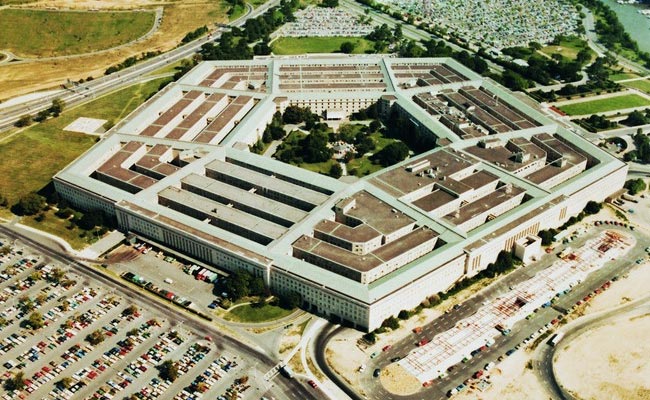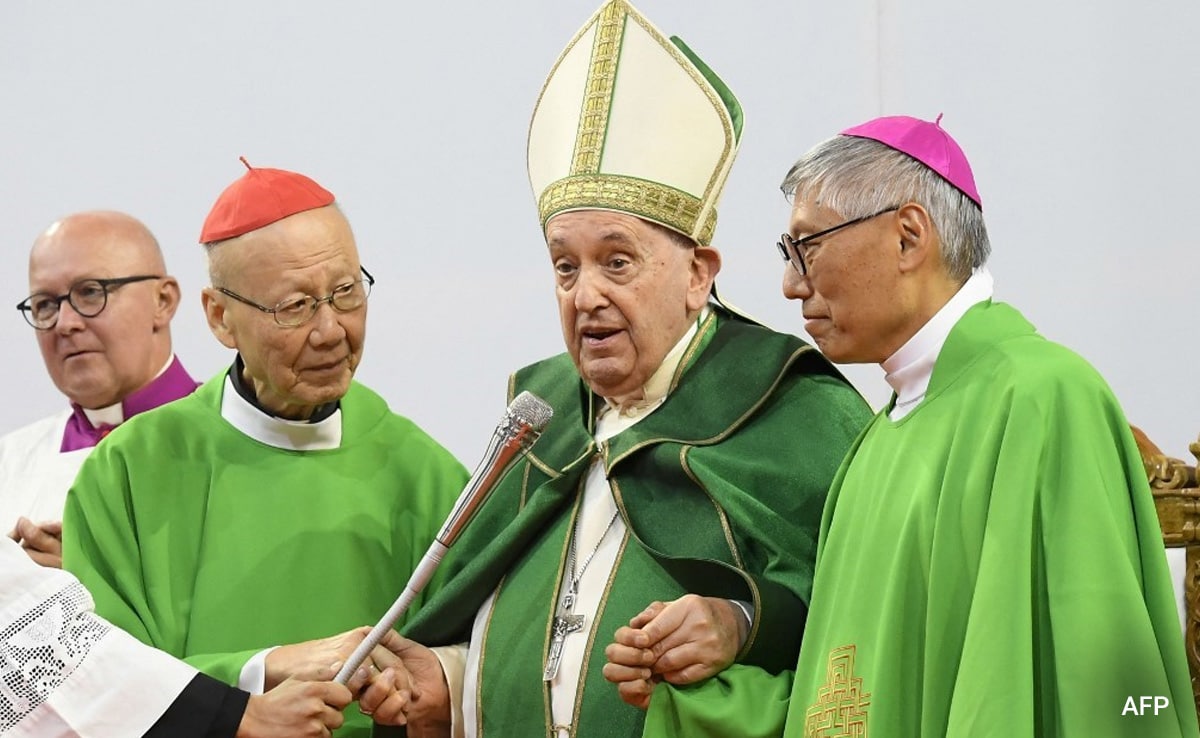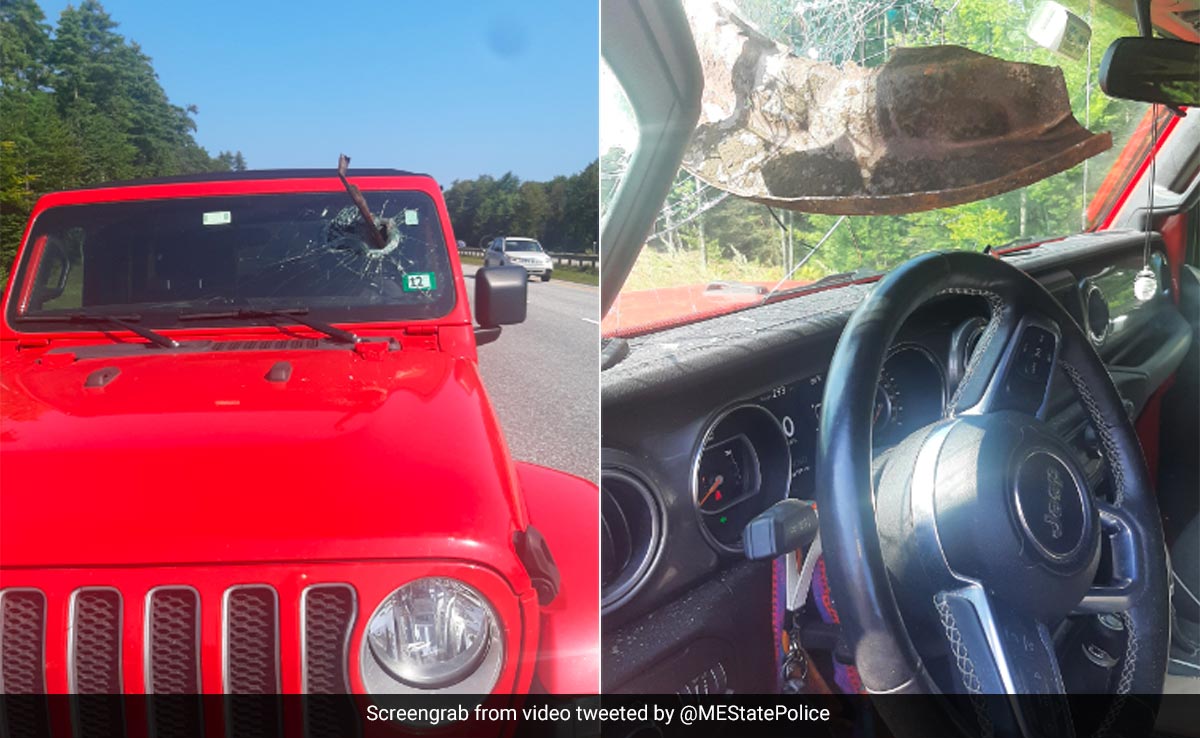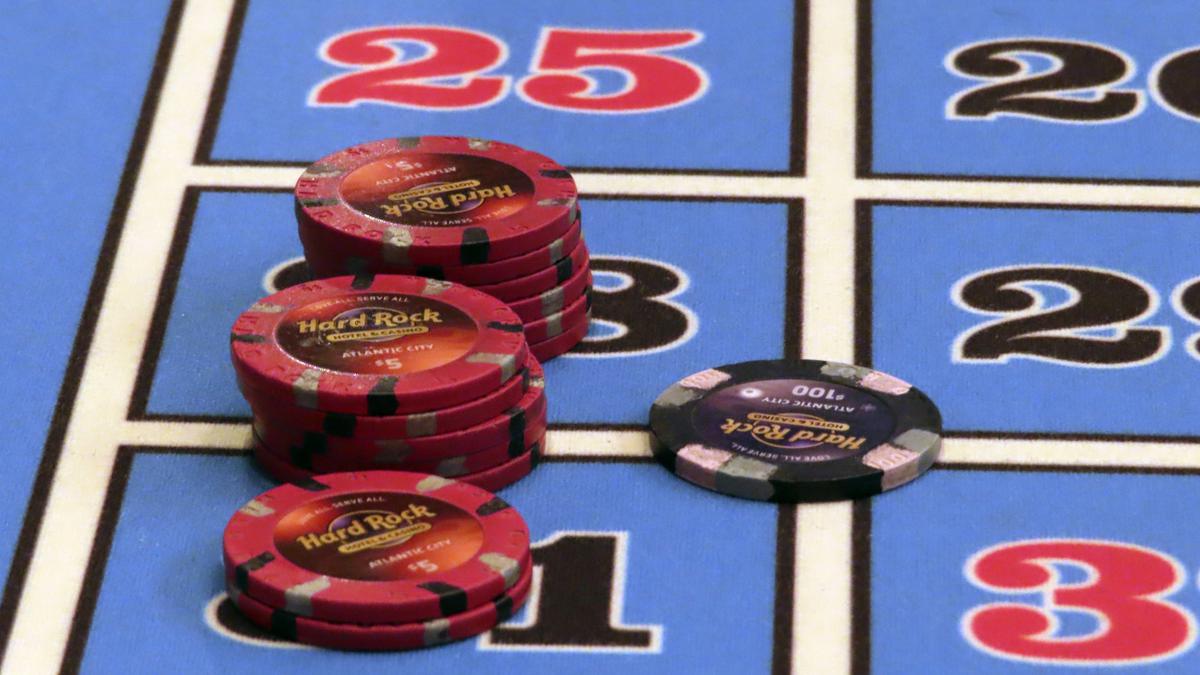Northern Ireland may be thousands of miles from the Middle East but signs of the current heightened conflict can be seen on the streets of the British province.
Palestinian and Israeli flags flutter in pro-Irish and pro-U.K. neighbourhoods in Northern Ireland, tapping into its own history of conflict and division that still affects everyday life despite a 1998 peace deal that largely ended violence.
The growing number of flags displayed are supplemented by murals and graffiti showing support for either the Palestinians or Israel, depending on which side of Northern Ireland’s sectarian divide they are located.
On the Falls Road, a main artery in the mostly pro-Irish western districts of Belfast, Pat Sheehan, a lawmaker with Sinn Fein, the former political wing of the paramilitary IRA, explained that local people feel “empathy” for Palestinians.
“If there’s any nation that can understand the difficulties that the Palestinians are living under now it’s the Irish,” Sheehan told AFP in front of a freshly painted pro-Palestinian mural.
“Ireland has suffered colonialism and occupation for 800 years, there have been many armed uprisings against British rule, and we see Palestinians suffering under similar colonial occupation.”
Nearby, across a so-called peace line — one of many barriers of concrete and metal that still divide Belfast neighbourhoods 25 years after the Good Friday peace accords — Israeli flags now adorn the pro-UK Shankill Road area in response.
“The unionist community in Northern Ireland has a long-standing affinity and affiliation to the cause of Israel,” said Brian Kingston, a lawmaker with the largest pro-UK party, the Democratic Unionist Party.
“We see Israel as having suffered terribly from terrorism over the years just like we have,” said the bespectacled 57-year-old, who previously performed the largely ceremonial role of Lord Mayor of Belfast.
– AFP
















